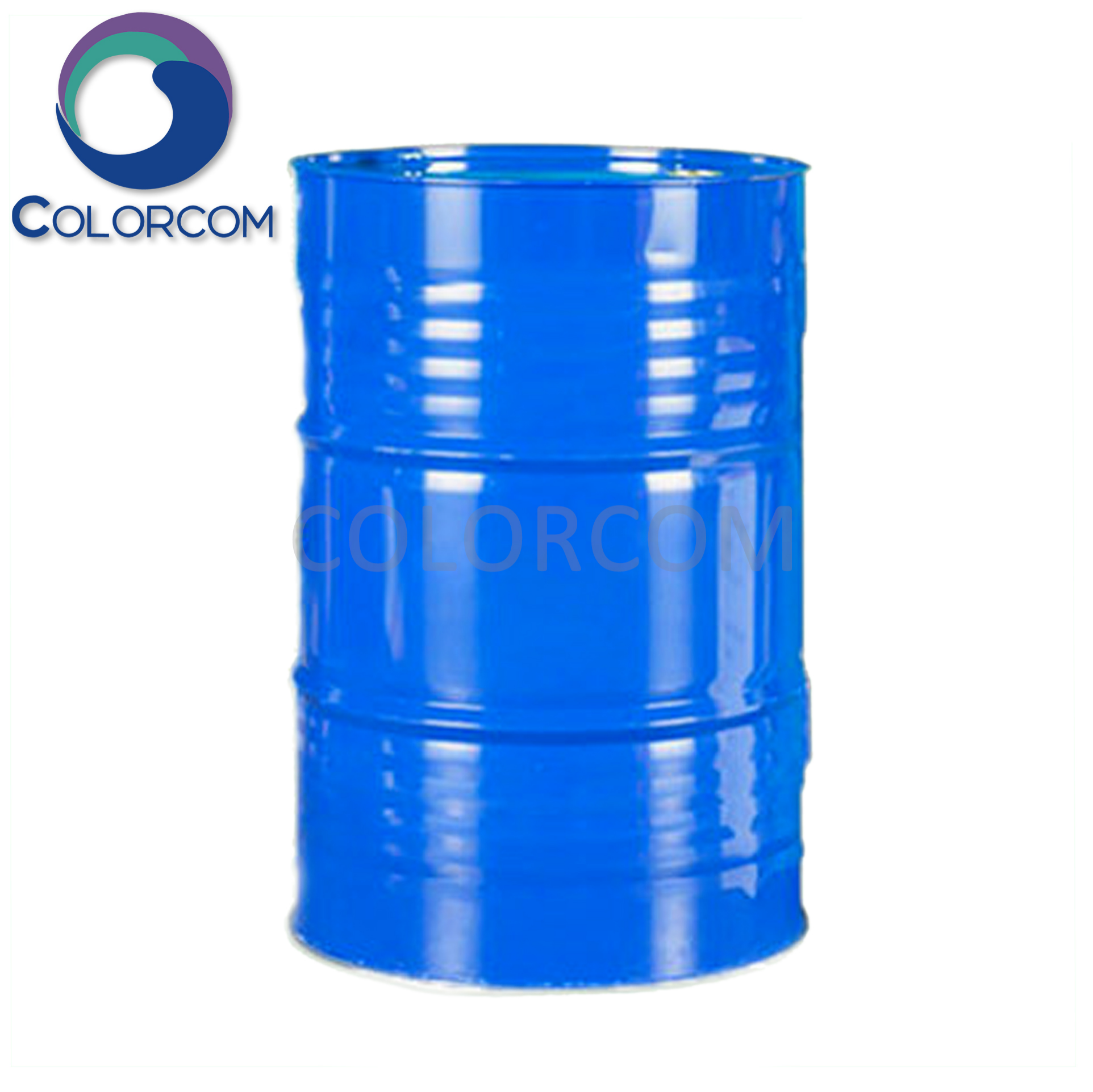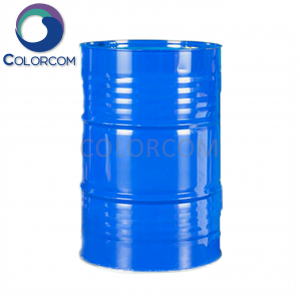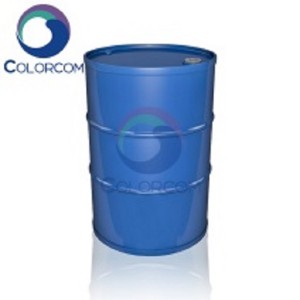n-Pentyl acetate | 628-63-7
Product Physical Data:
| Product Name |
n-Pentyl acetate |
| Properties |
Colorless liquid, with banana odor |
| Boiling Point(°C) |
149.9 |
| Melting Point(°C) |
-70.8 |
| Vapour Pressure(20°C) |
4 mmHg |
| Flash point (°C) |
23.9 |
| Solubility | Miscible with ethanol, ether, benzene, chloroform, carbon disulphide and other organic solvents. Difficult to dissolve in water. |
Product Chemical Properties:
Also known as banana water, the main component of the water is ester, which has a banana-like odour. As a solvent and diluent in the paint spraying industry, it is widely used in the industries of toys, glue silk flowers, household furniture, colour printing, electronics, printing, and so on. The hazards to the human body are not only in the destruction of haematopoietic function, but also in the potential carcinogenicity of the water when it enters the human body through the respiratory tract and the skin. When the dose into the human body is large, can cause acute poisoning, when the dose is small, can bring chronic cumulative poisoning.
Product Application:
Used as a solvent for paints, coatings, spices, cosmetics, adhesives, artificial leather, etc. Used as an extractant for penicillin production, also used as a spice.
Product Cautions:
1.Vapour and air mixture explosion limit 1.4-8.0%;
2.Miscible with ethanol, chloroform, ether, carbon disulfide, carbon tetrachloride, glacial acetic acid, acetone, oil;
3.Easy to burn and explode when exposed to heat and open flame;
4.Can react violently with oxidants such as bromine pentafluoride, chlorine, chromium trioxide, perchloric acid, nitroxide, oxygen, ozone, perchlorate, (aluminium trichloride + fluorine perchlorate), (sulphuric acid + permanganate), potassium peroxide, (aluminium perchlorate + acetic acid), sodium peroxide;
5.Cannot coexist with ethylborane.
Product Hazardous Characteristics:
The vapour and air form explosive mixtures which can cause combustion and explosion when exposed to fire and high heat. It can react strongly with oxidising agent. The vapour is heavier than the air, can spread to the lower part of the place far away, meet the open flame source caused by the ignition. If encountered high heat body pressure, there is a risk of cracking and explosion.
Product Health Hazards:
1.Irritating to eyes, nose and throat, burning sensation on lips and throat after oral intake, followed by dry mouth, vomiting and coma. Prolonged exposure to high concentrations of the product appears dizziness, burning sensation, pharyngitis, bronchitis, fatigue, agitation, etc.; long-term repeated skin contact can lead to dermatitis.
2.Inhalation, ingestion, percutaneous absorption.








